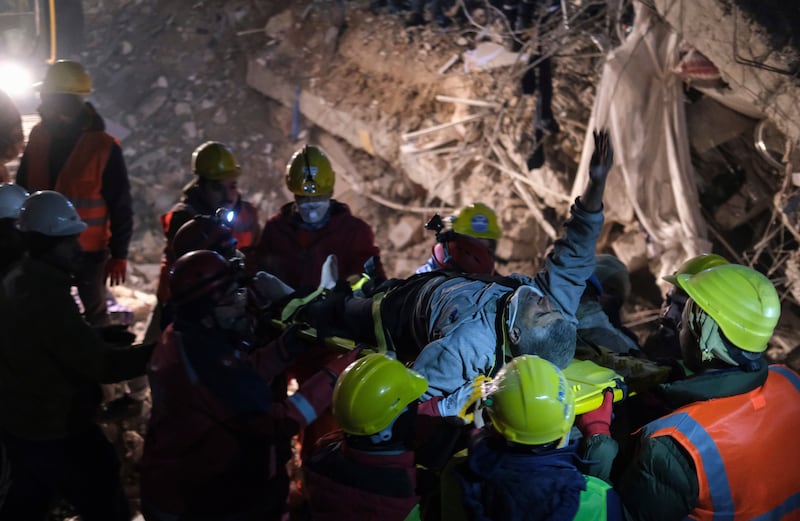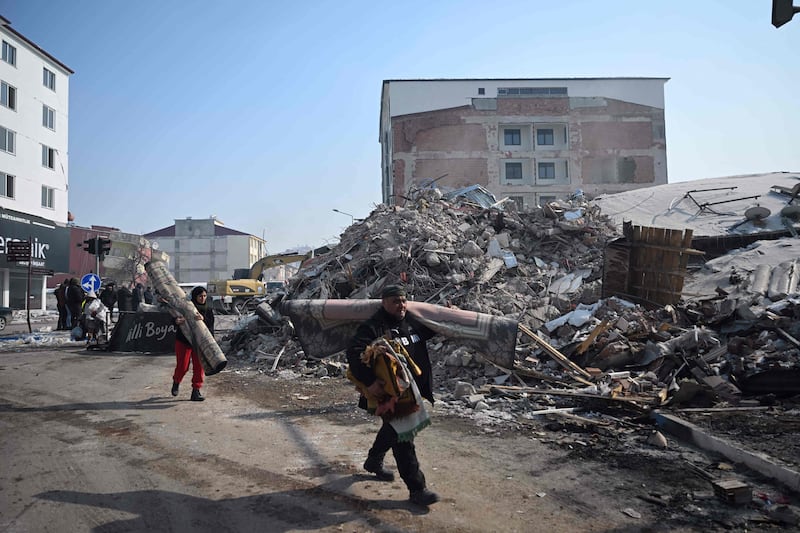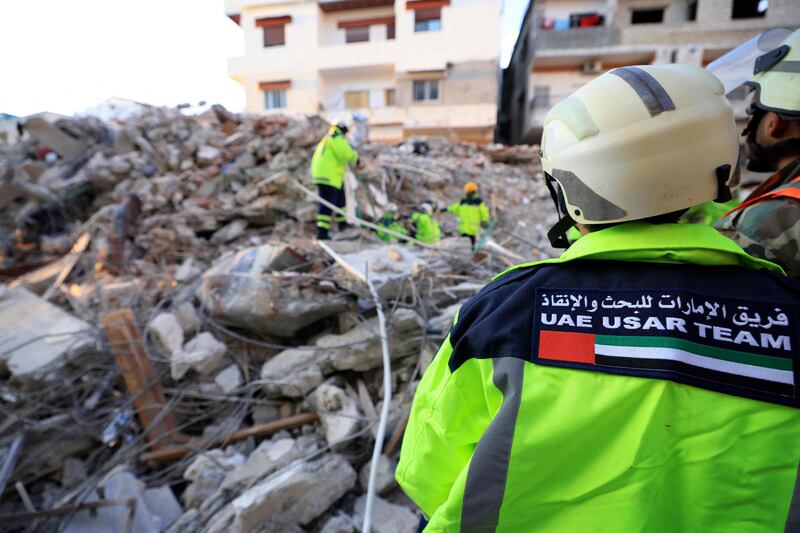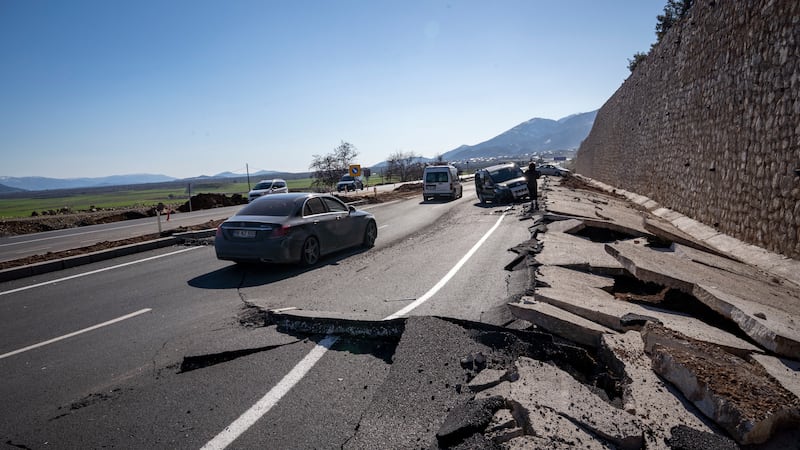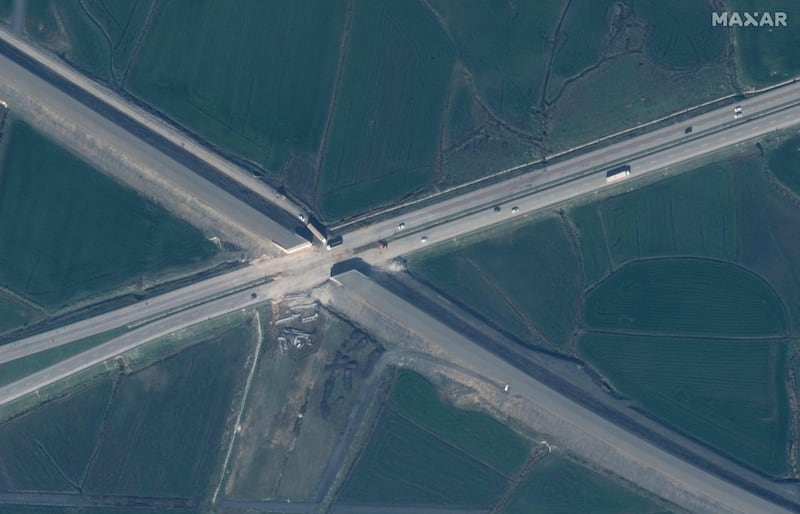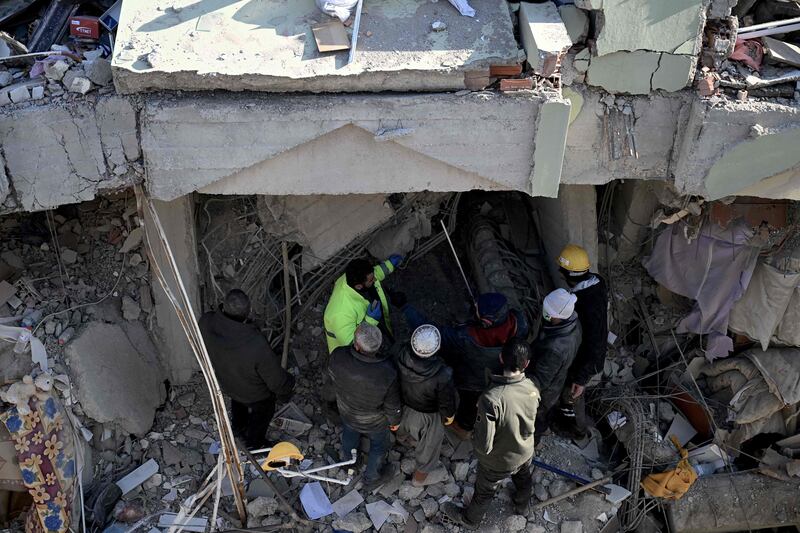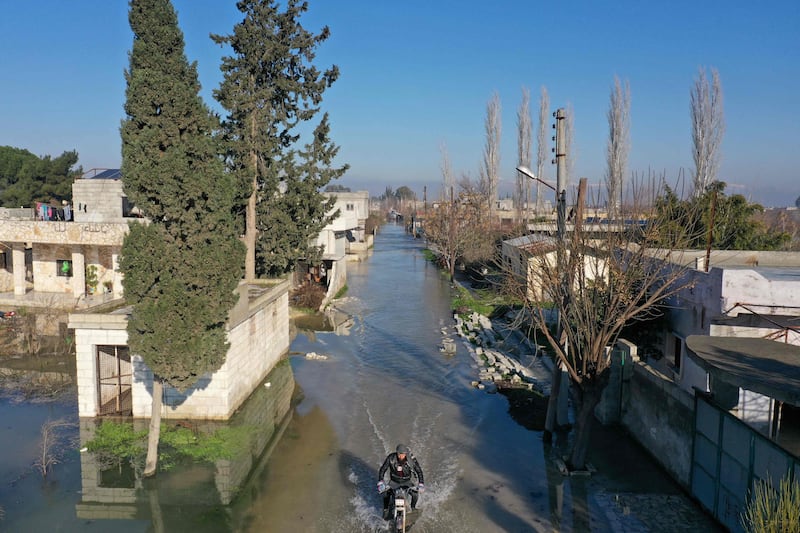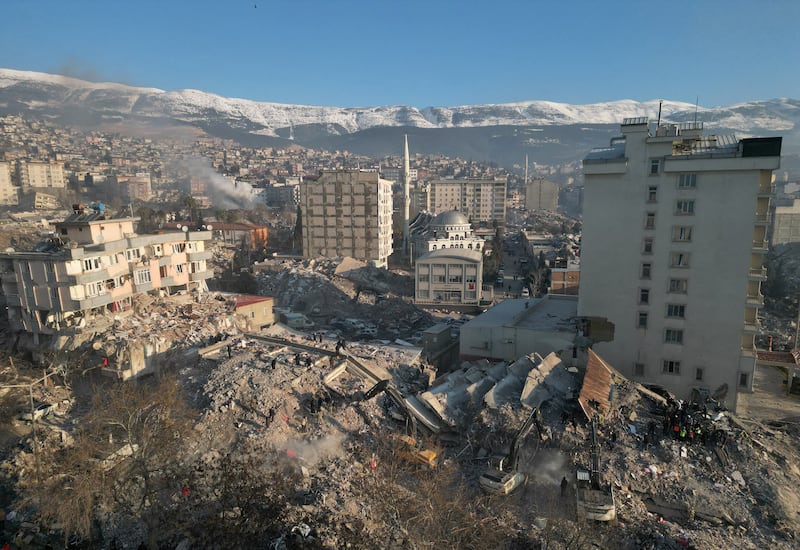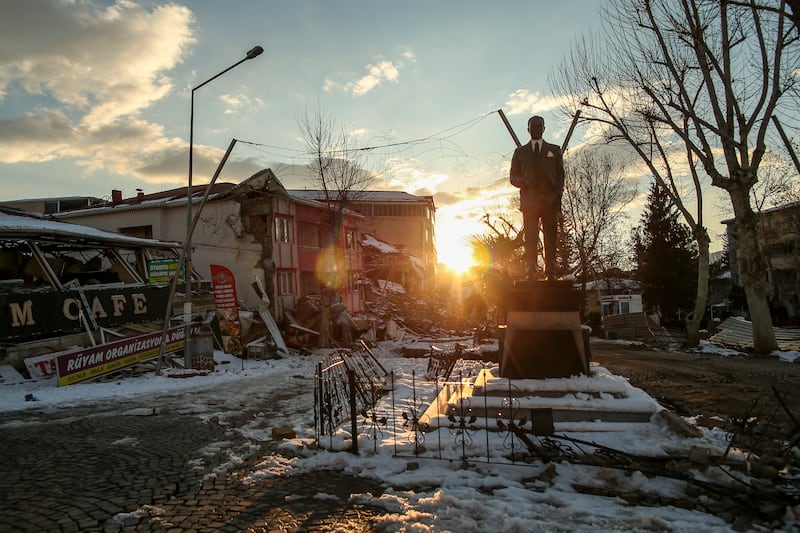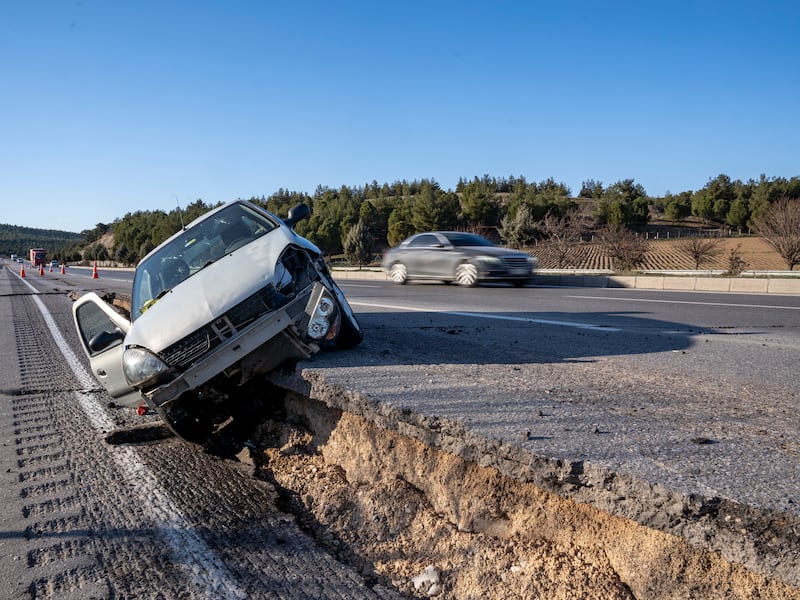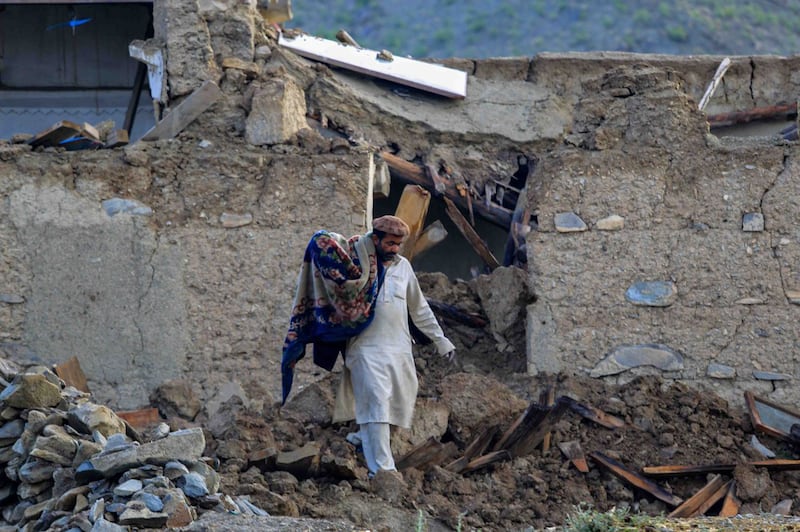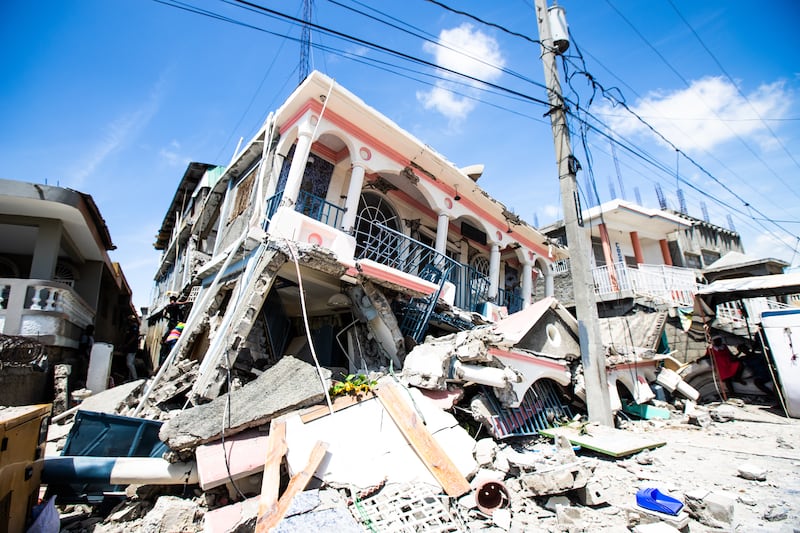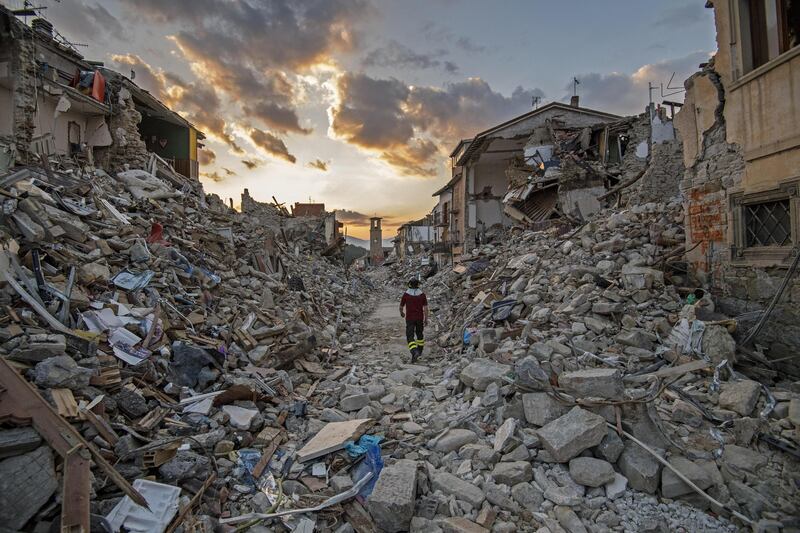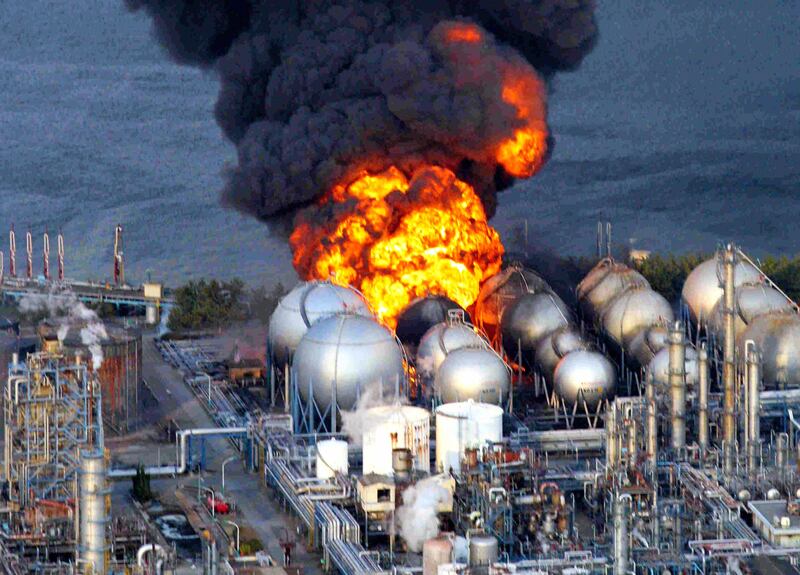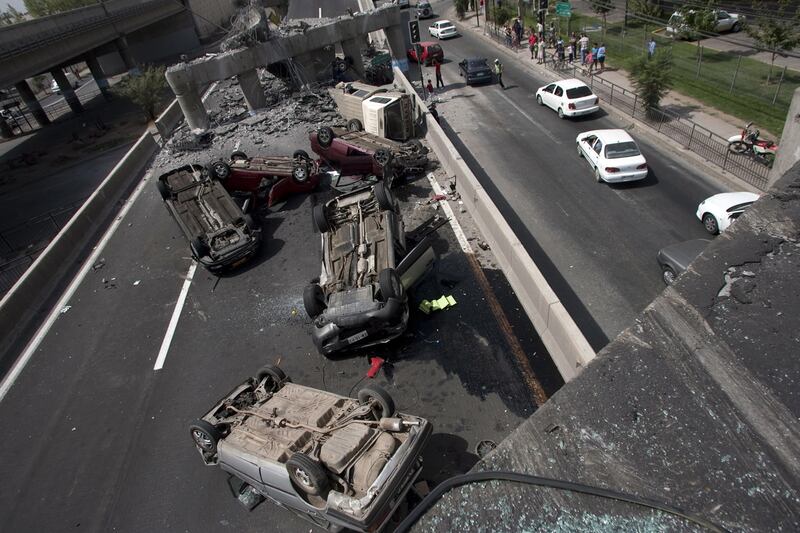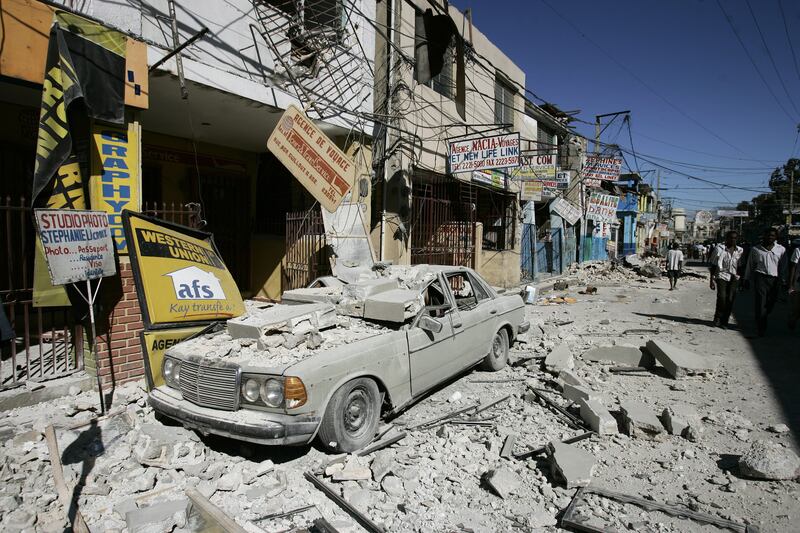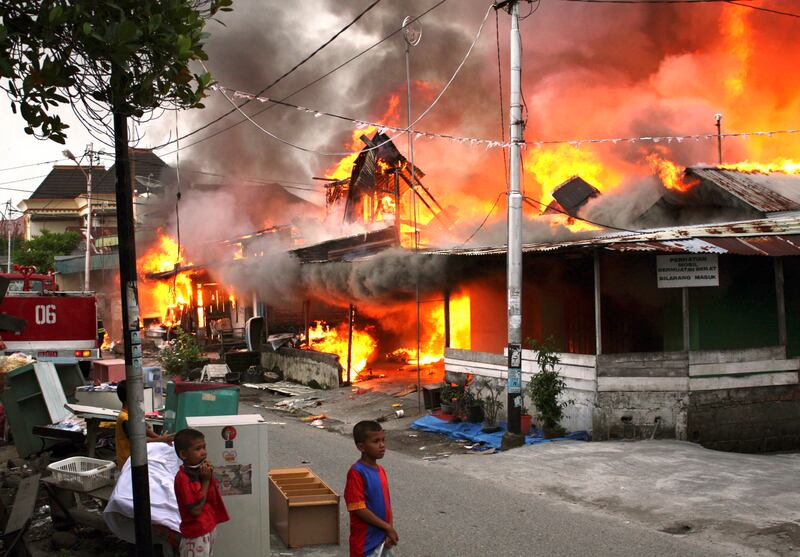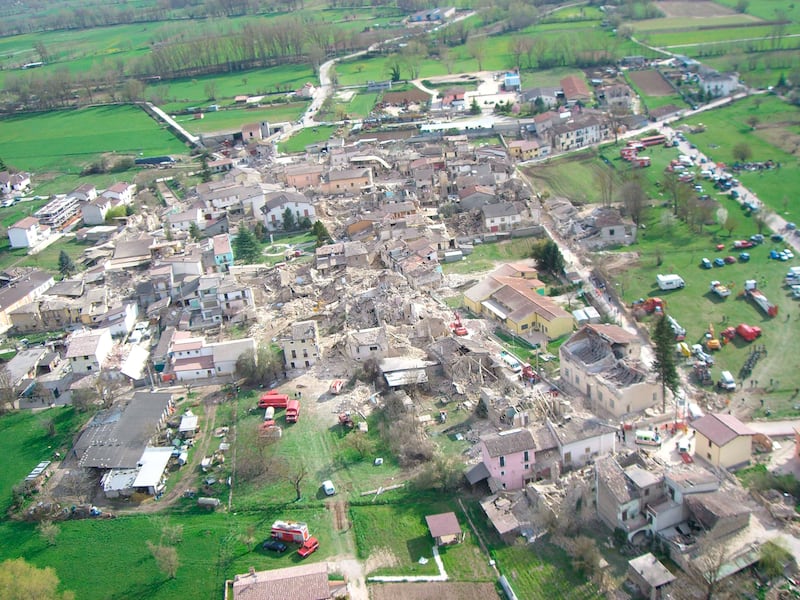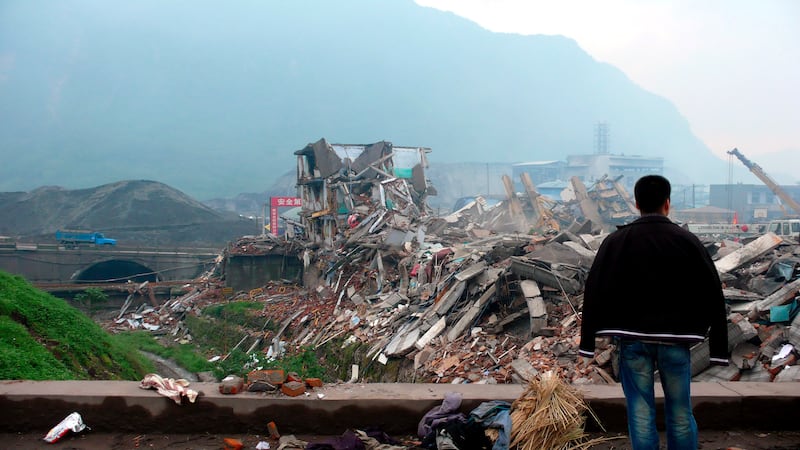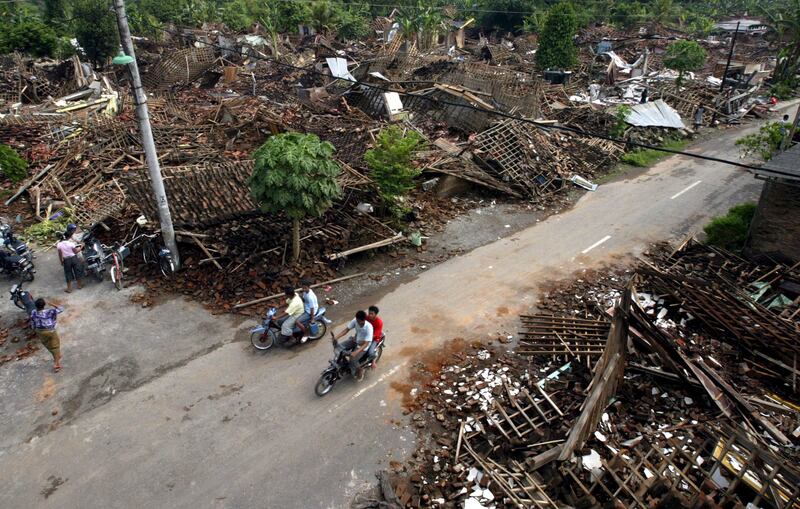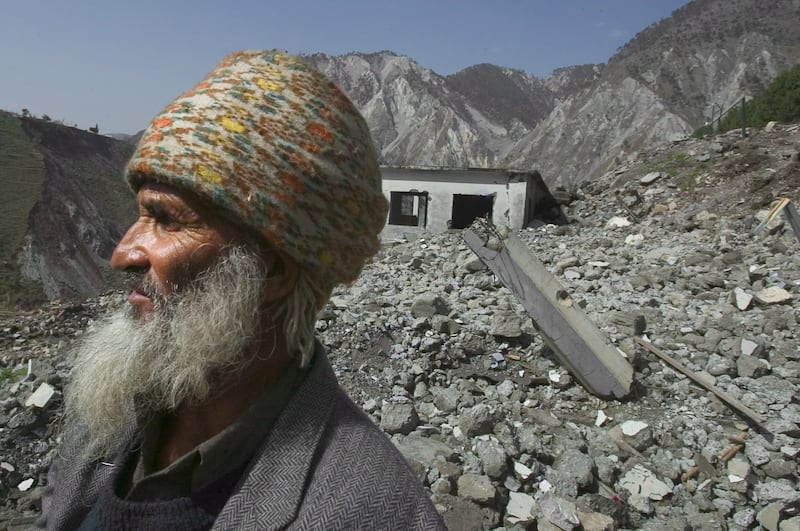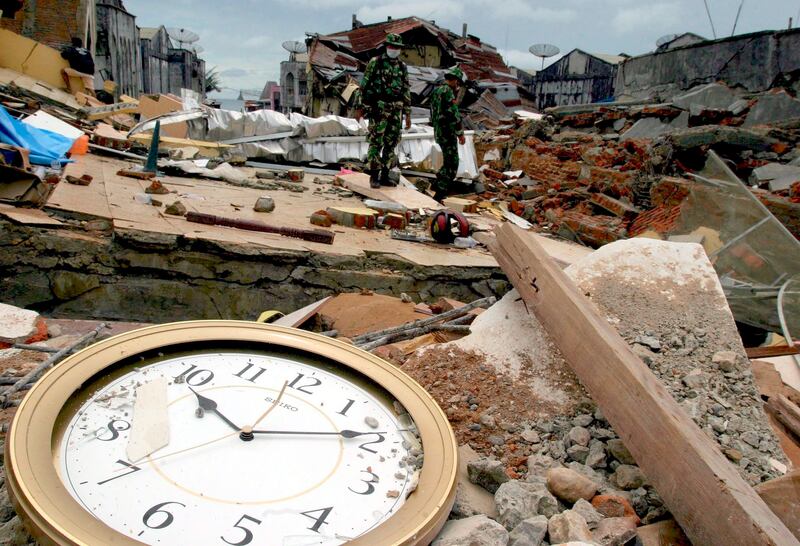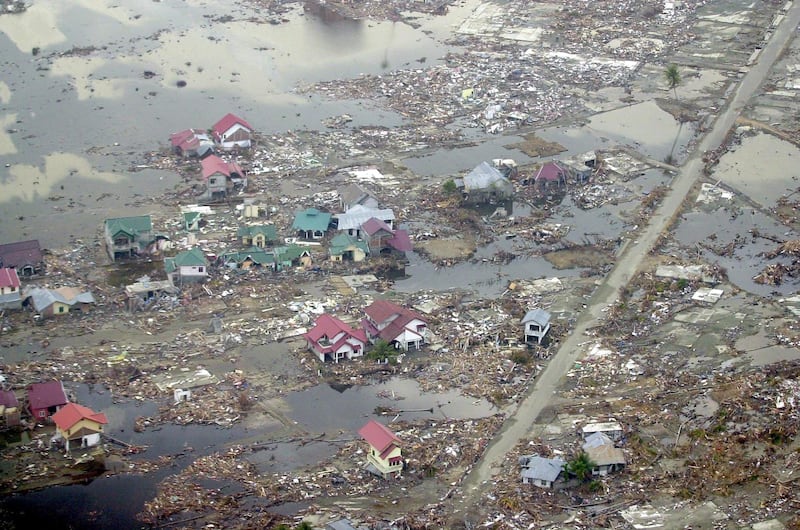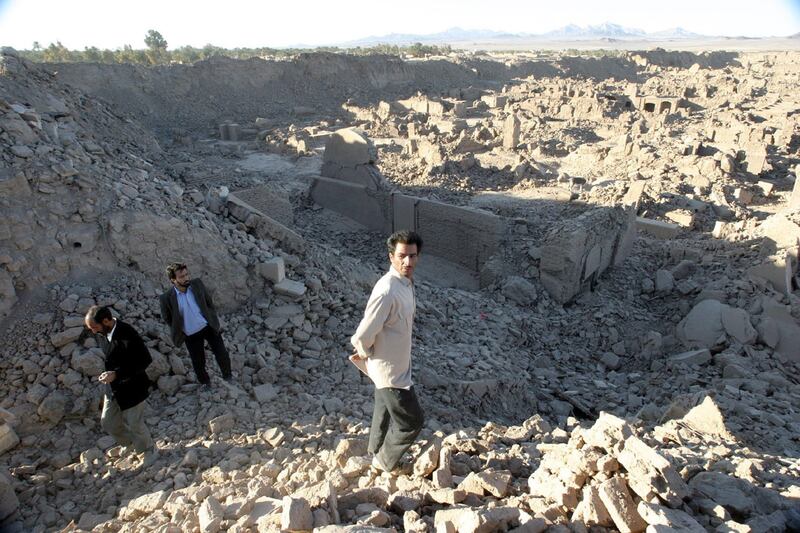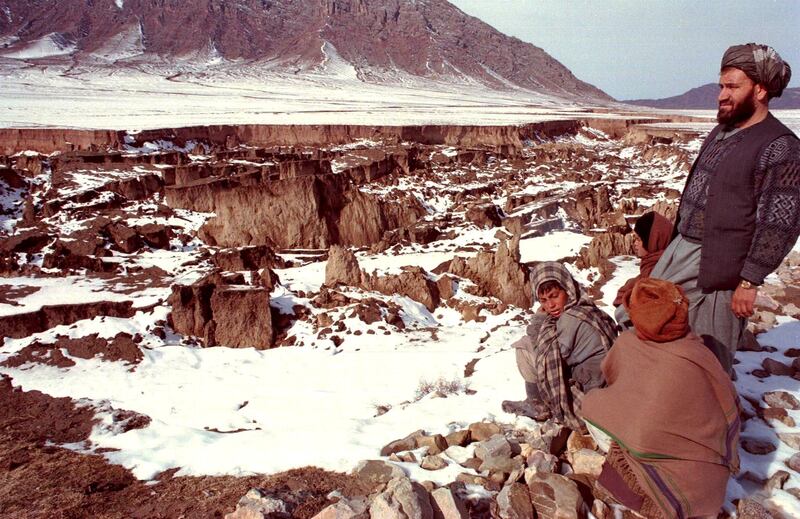Follow the latest news on the earthquake in Turkey and Syria
The devastation in Syria and Turkey after Monday's earthquakes raises the question ― could anyone have seen them coming?
Many people were caught unawares when buildings collapsed within seconds, so any forewarning of a possible earthquake could, potentially, have saved many lives.
Seismologists say, however, that there is usually little that can be done to predict major earthquakes like those this week that killed more than 11,000 people.
What do seismologists say?
Stephen Hicks, a research fellow in computational seismology in the Department of Earth Sciences at University College London, said forecasting a major earthquake was not possible.
"Unfortunately we cannot yet predict accurately when and where earthquakes will happen and what their magnitude will be," Dr Hicks said.
The United States Geological Survey (USGS) is unequivocal, stating that neither it nor any other scientists "have ever predicted a major earthquake".
"We do not know how, and we do not expect to know how [to predict a major earthquake] any time in the foreseeable future," the organisation stated.
An earthquake prediction, the USGS said, should include the date and time, the location and the magnitude, and it is emphatic that such predictions cannot be made.
Sometimes those claiming to be able to predict earthquakes, the organisation states, make generalised predictions, such as that a quake of a particular magnitude will happen within a large area in a given time, statements which the USGS said are always likely to hold true.
Many "so-called precursor" events, such as a number of small earthquakes or moderate earthquakes that could be foreshocks, occur often without a subsequent major earthquake, "so a real prediction is not possible".
Rescuers frantically look for earthquake survivors under rubble in Turkey and Syria

What forecasts can be made?
Once an earthquake has been detected, very short-range forecasts can be made, described by the USGS as early warning.
These can be seconds or tens of seconds of notice that the shaking waves will arrive at a location, which may be enough for people to escape to a safe location.
Ziggy Lubkowski, associate director for seismic design at the engineering firm Arup, said that people in Japan who receive an alert often phone family to warn them of what’s happening, instead of protecting themselves. He said more sophisticated alerts are being developed.
"There are groups of people who are now coming up with techniques, which can give warnings of about half a minute to a minute before an earthquake strikes, based on the stresses in the ground. And that helps high-tech companies shut down processors and machines and such like," he said.
At the opposite end of the time spectrum, Dr Hicks said that for some areas of the globe, it was possible to compute long-term forecasts of risk, such as over a period of years.
"Scientists knew that the fault that ruptured during the earthquakes in Turkey this week was primed for a future rupture because GPS monitoring stations indicated that the fault was locked and it hadn’t released that pent-up energy in a large earthquake for at least 100 years," Dr Hicks said.
He said that seismologists were getting "quite good" at aftershock forecasting, which is trying to estimate the number of earthquakes per day in an aftershock sequence.
"However, the degree to which such aftershock forecasts are computed and disseminated to the public can range from country to country," he said.
"Another complicating factor is whether earthquakes are triggered on different faults to the main shock, as we saw for the 7.5-7.6-magnitude earthquake a few hours after the main shock."
World's 20 deadliest earthquakes to hit this century - in pictures
Was the 1975 earthquake in Haicheng, China predicted?
While predicting date and time, location and magnitude is extremely difficult, if not impossible, an earthquake in Haicheng, China, on February 4, 1975, did have advance notice.
Writing in Earthquake Engineering and Structural Dynamics the following year, a scientist from the Seismological Observatory in Wellington, New Zealand, described it as "the first major earthquake anywhere in the world known to have been predicted with enough certainty for people to have been warned, and measures taken for civil protection".
"These steps were successful in keeping the number of casualties small," the author wrote.
According to reports, about 90 per cent of the buildings in Haicheng were seriously damaged or destroyed, which would normally have caused many thousands of deaths, especially because the earthquake happened on the evening of February 4 when temperatures were below freezing.
However, there had been what another scientific paper described as a "massive evacuation of the local population from their dwellings on the afternoon and evening of February 4".
The prediction of the earthquake, made by Chinese seismologists, was based on a sequence of foreshocks in preceding days.
According to official reports, 2,041 people were killed and 27,538 were injured when the 7.5-magnitude quake struck. The number of fatalities was relatively low for an earthquake of this size in a densely populated area.
Writing in Evaluation of Proposed Earthquake Precursors in 1991, a group of scientists from Chinese Geophysics said that from February 1 onwards, 527 foreshocks were recorded at a nearby seismograph station.
"With respect to the time of occurrence, the succession consisted of a concentration of foreshocks and finally the main shock. Following the main shock, numerous aftershocks occurred," they wrote.
While the Haicheng earthquake appears to have been accurately predicted, the USGS said that the seismic activity that was used to make the prediction "is rarely followed by a large earthquake".
"Unfortunately, most earthquakes have no precursory events whatsoever. The next large earthquake in China had no precursors and thousands of people died," the USGS said.
















